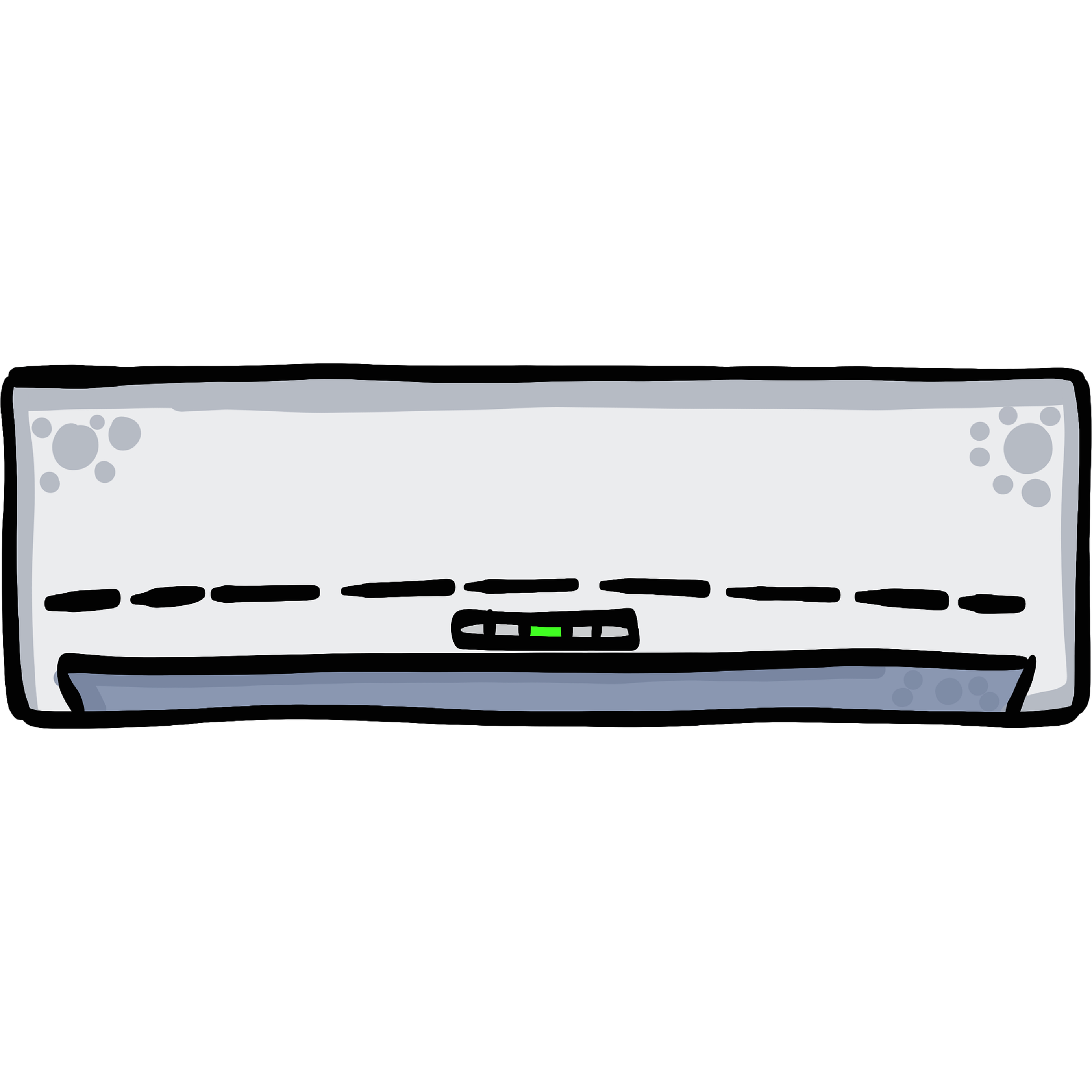Introduction: As the scorching summer heat approaches, ensuring that your air conditioner is in optimal condition becomes a top priority. While it’s always recommended to schedule professional AC maintenance, there are some basic maintenance tasks you can perform yourself to keep your AC running efficiently. In this article, we’ll guide you through a step-by-step DIY AC service to help you maintain your cooling system and maximize its performance.
- Safety First: Before you begin any maintenance on your air conditioner, it’s crucial to prioritize safety. Make sure to turn off the power supply to the unit from the electrical panel to avoid any accidents. Additionally, wear protective gloves and eyewear to protect yourself during the service.
- Clean or Replace Air Filters: The air filters in your AC play a vital role in trapping dust, debris, and allergens. Over time, these filters can become clogged, hindering proper airflow and reducing cooling efficiency. Check your air filters regularly and clean or replace them every 1-2 months, or as recommended by the manufacturer. This simple task can improve indoor air quality and enhance AC performance.
- Clean the Condenser Coils: The condenser coils located in the outdoor unit can accumulate dirt, dust, and debris, which can impede heat transfer and reduce cooling capacity. To clean the coils, start by turning off the power supply. Then, carefully remove any debris with a soft brush or a vacuum cleaner. If the coils are heavily soiled, consider using a coil cleaner recommended by the manufacturer.
- Clear the Condensate Drain Line: The condensate drain line carries away the excess moisture produced during the cooling process. Over time, this drain line can become clogged with algae, dirt, or debris, leading to water leakage or even damage to your AC. Locate the drain line, typically found near the indoor unit, and use a wet-dry vacuum or a small brush to clear any blockages. Regularly maintaining the condensate drain line helps prevent water-related issues.
- Inspect and Clean the Fan Blades: Fan blades in both the indoor and outdoor units can accumulate dirt and dust, affecting airflow and system efficiency. Inspect the blades and gently clean them using a soft brush or cloth. Ensure the power supply is turned off before performing this task to avoid any accidental contact.
- Check and Straighten Coil Fins: The coil fins, found on both the evaporator and condenser coils, can become bent or damaged over time. Inspect the fins and, if necessary, use a fin comb or a small tool to carefully straighten them. Straightening the coil fins ensures proper airflow through the coils, enhancing cooling performance.
- Maintain Adequate Clearance: Ensure that both the indoor and outdoor units have sufficient clearance for proper airflow. Remove any debris, obstructions, or vegetation around the outdoor unit, allowing a minimum of 2 feet of clearance on all sides. Additionally, ensure that there are no objects blocking the air vents or obstructing the indoor unit.
Conclusion: Performing basic maintenance tasks on your air conditioner can go a long way in ensuring its optimal performance and longevity. However, it’s important to remember that professional AC service is still essential and should be scheduled periodically. By following this DIY AC service guide and combining it with professional maintenance, you can keep your AC in top shape, enjoy efficient cooling, and extend the lifespan of your cooling system. Stay cool and comfortable throughout the summer!
